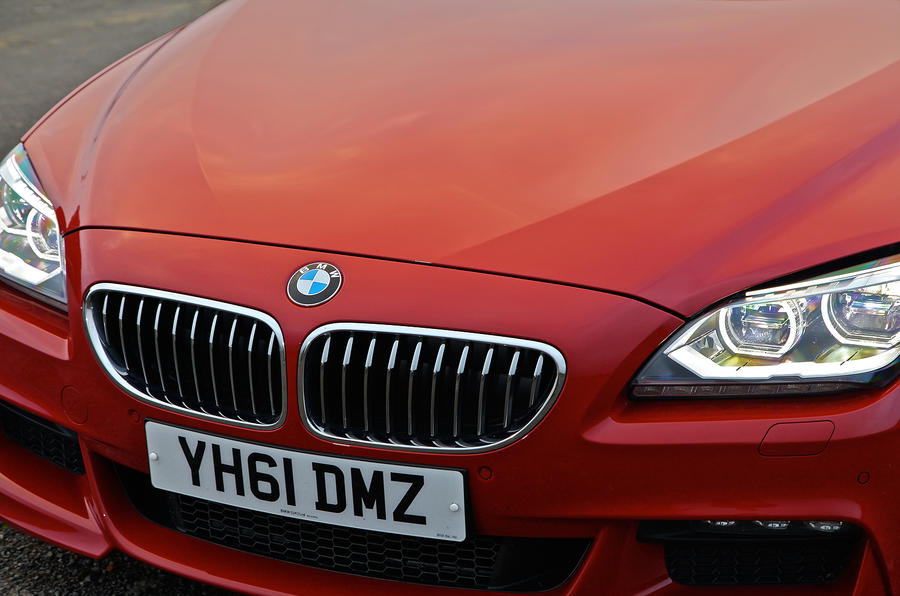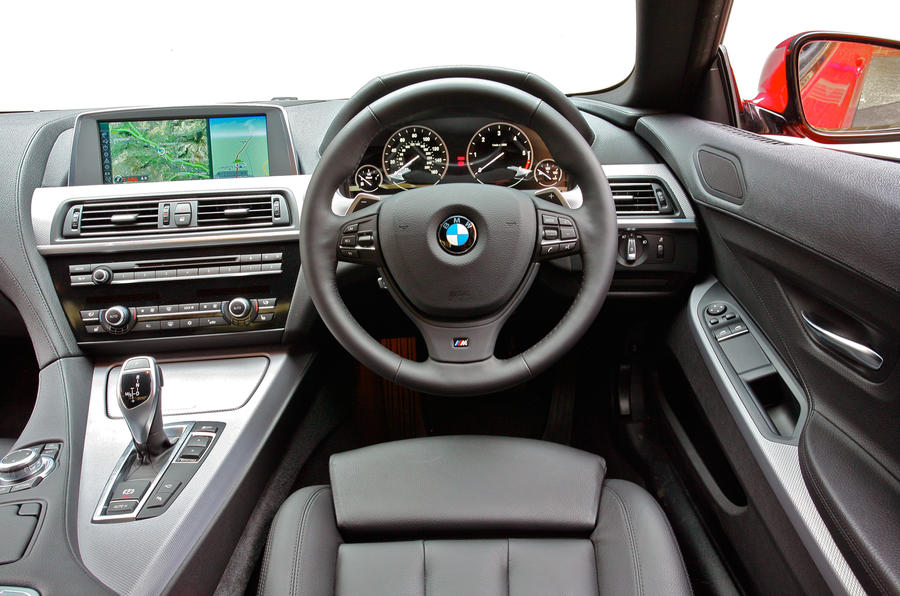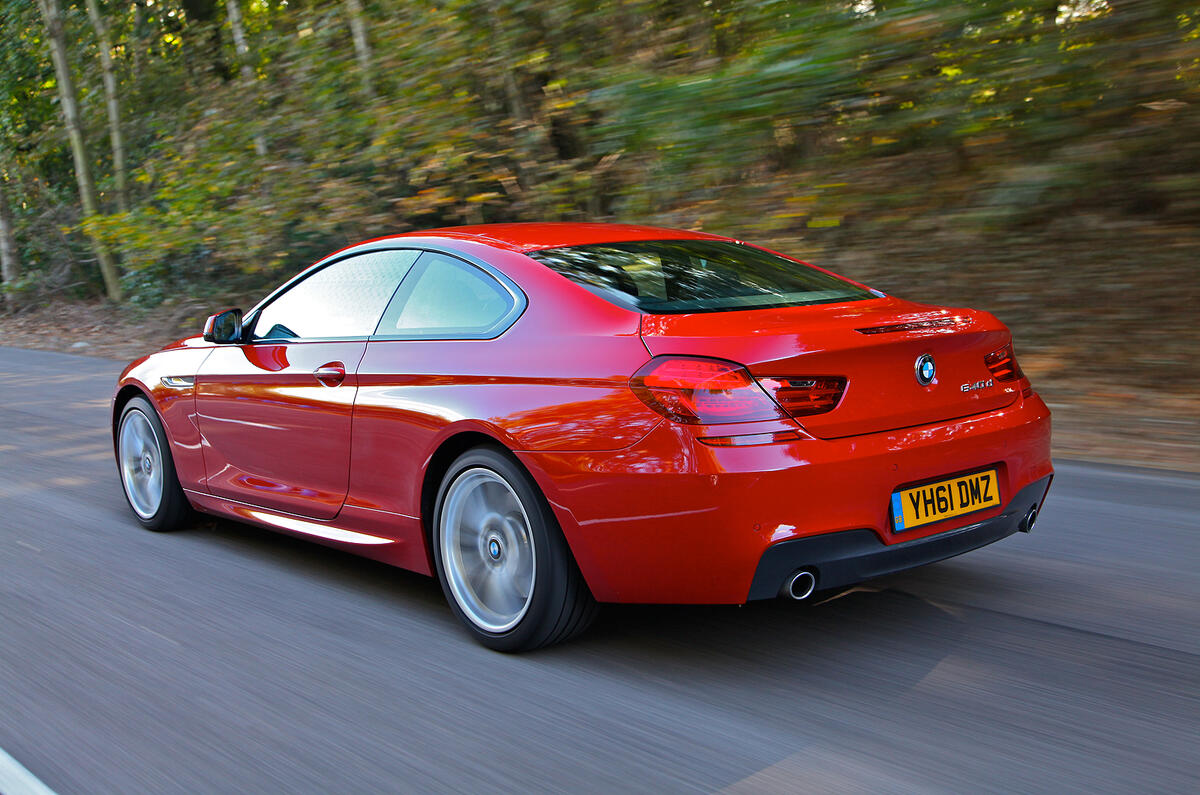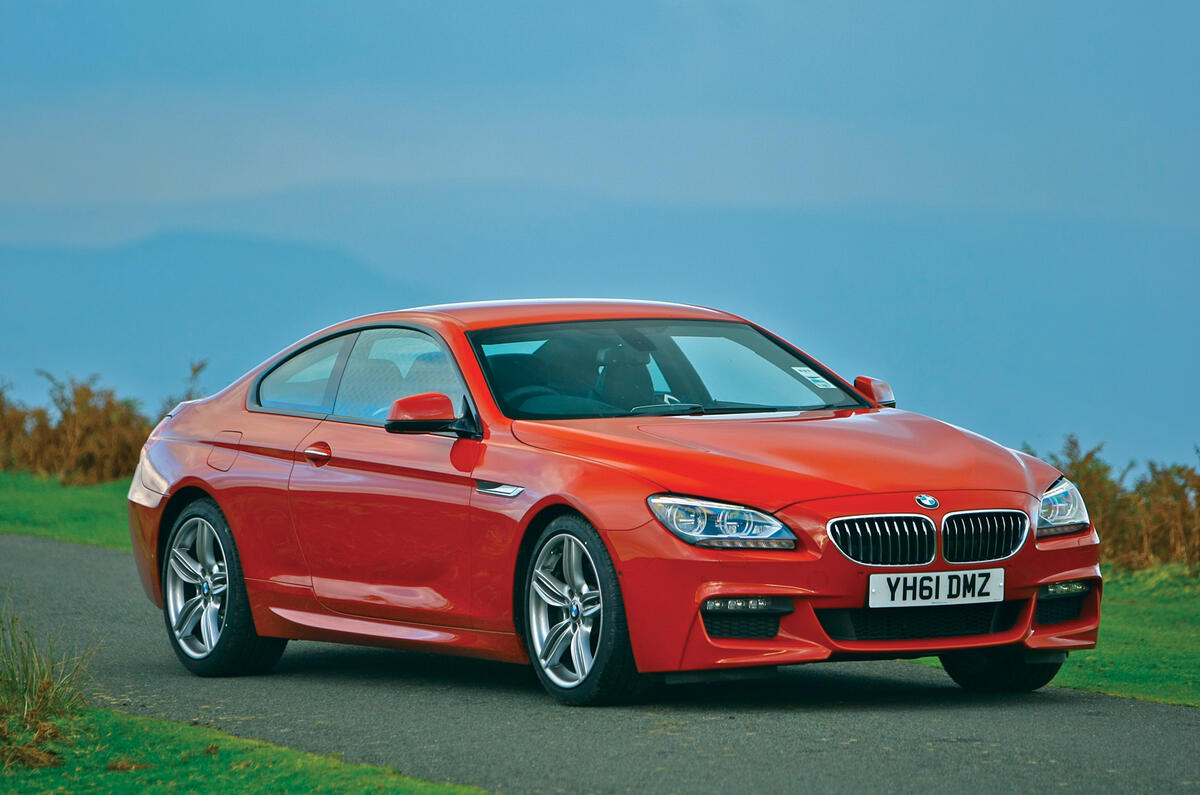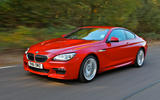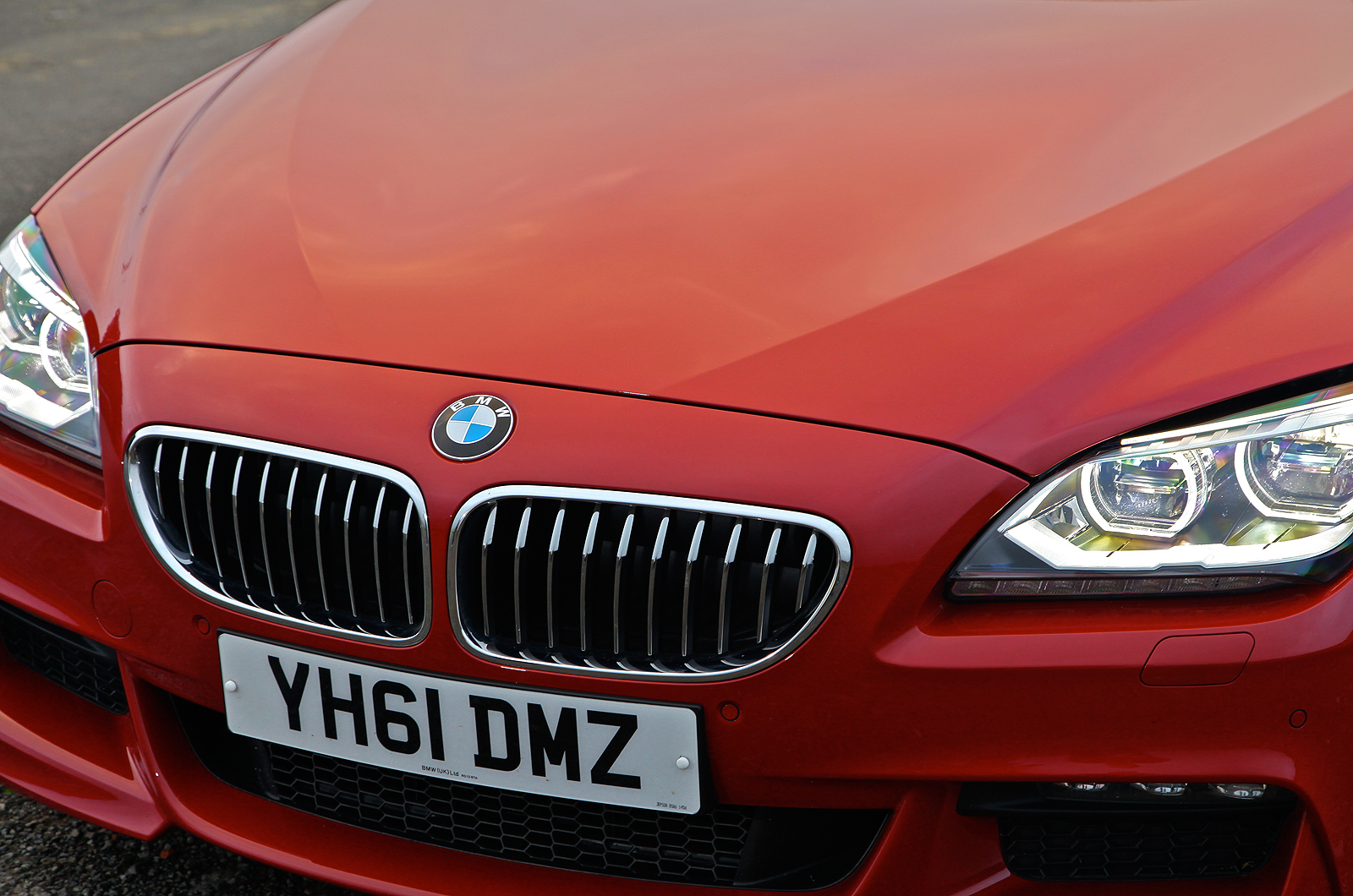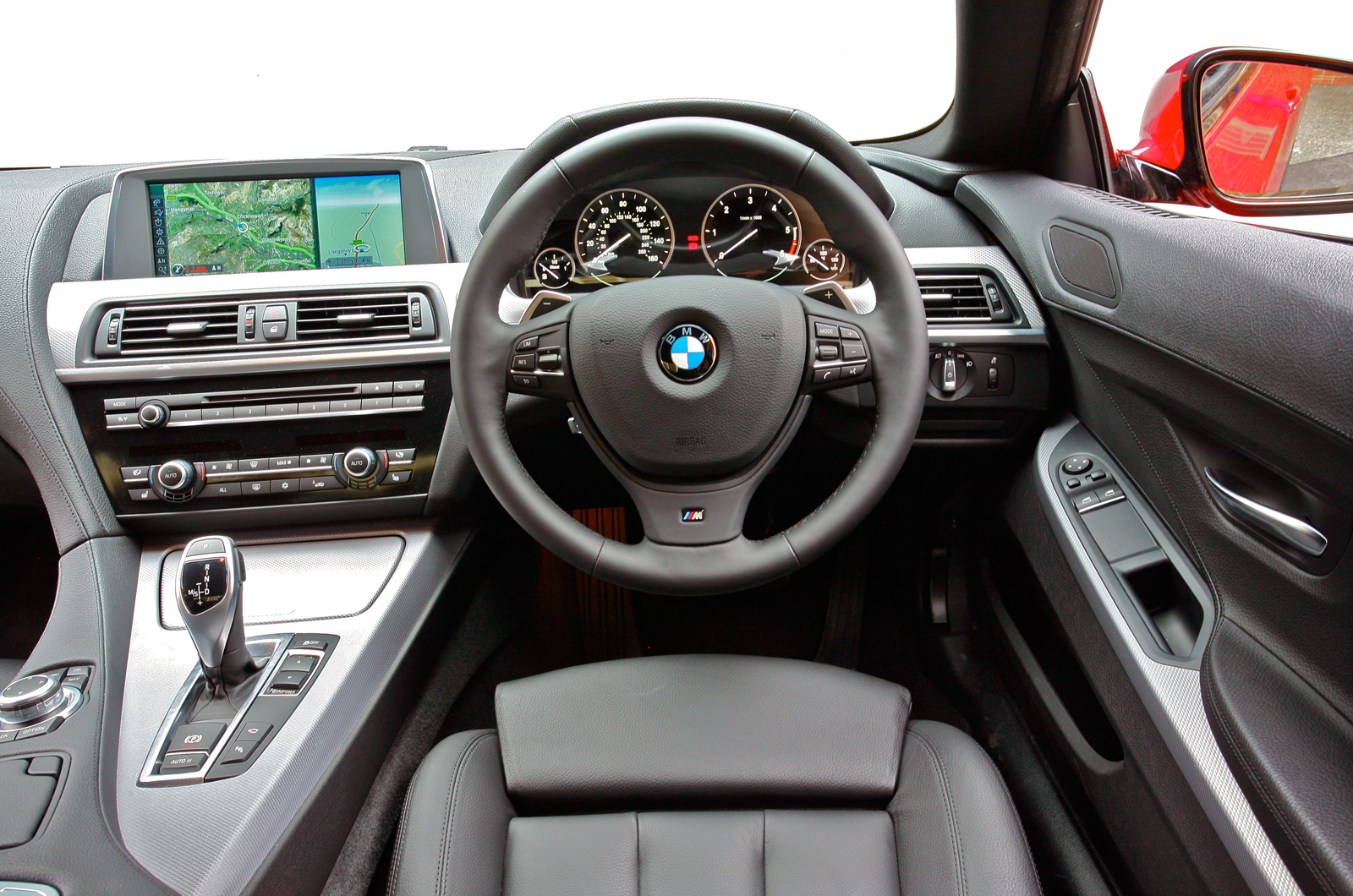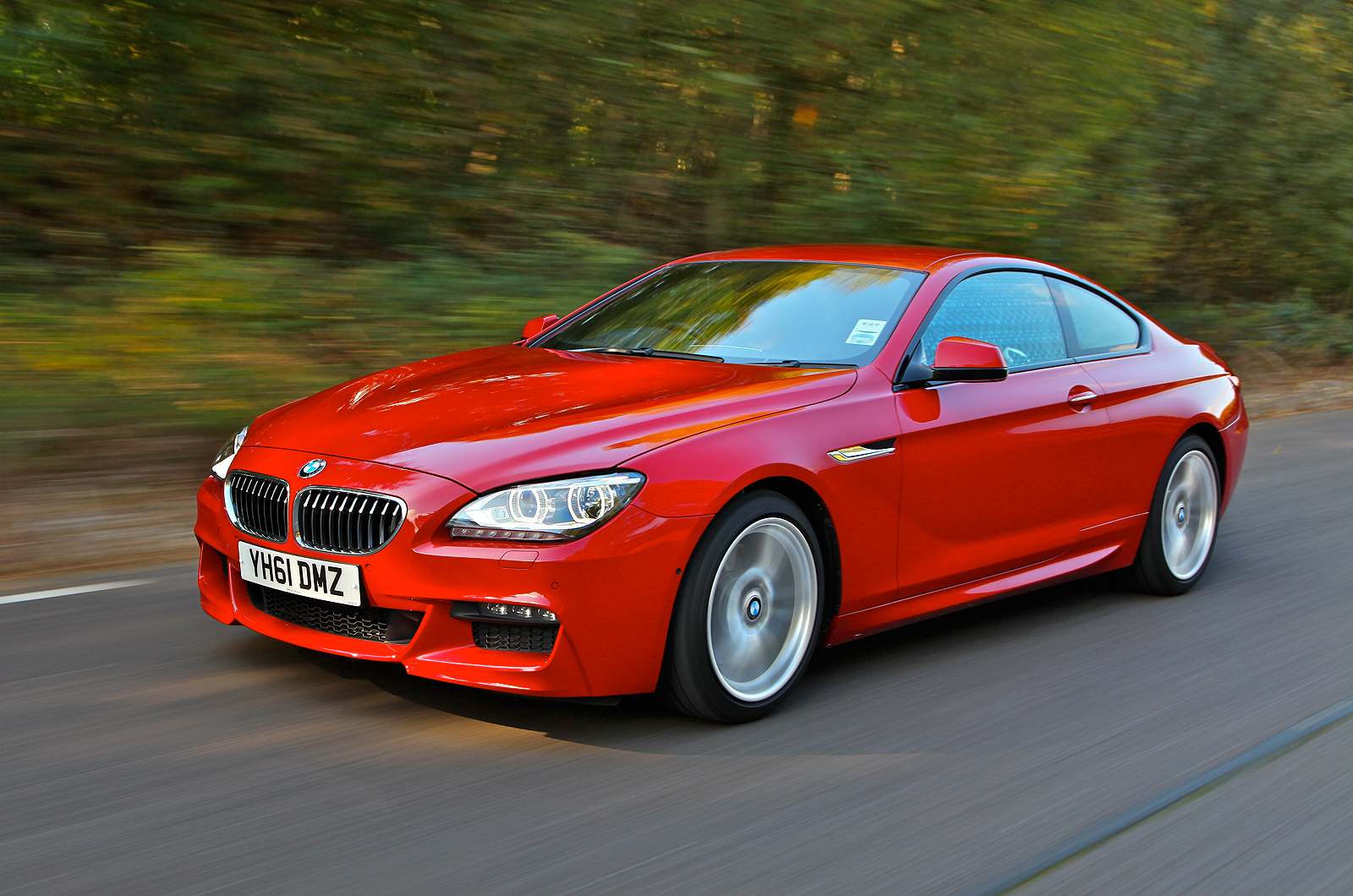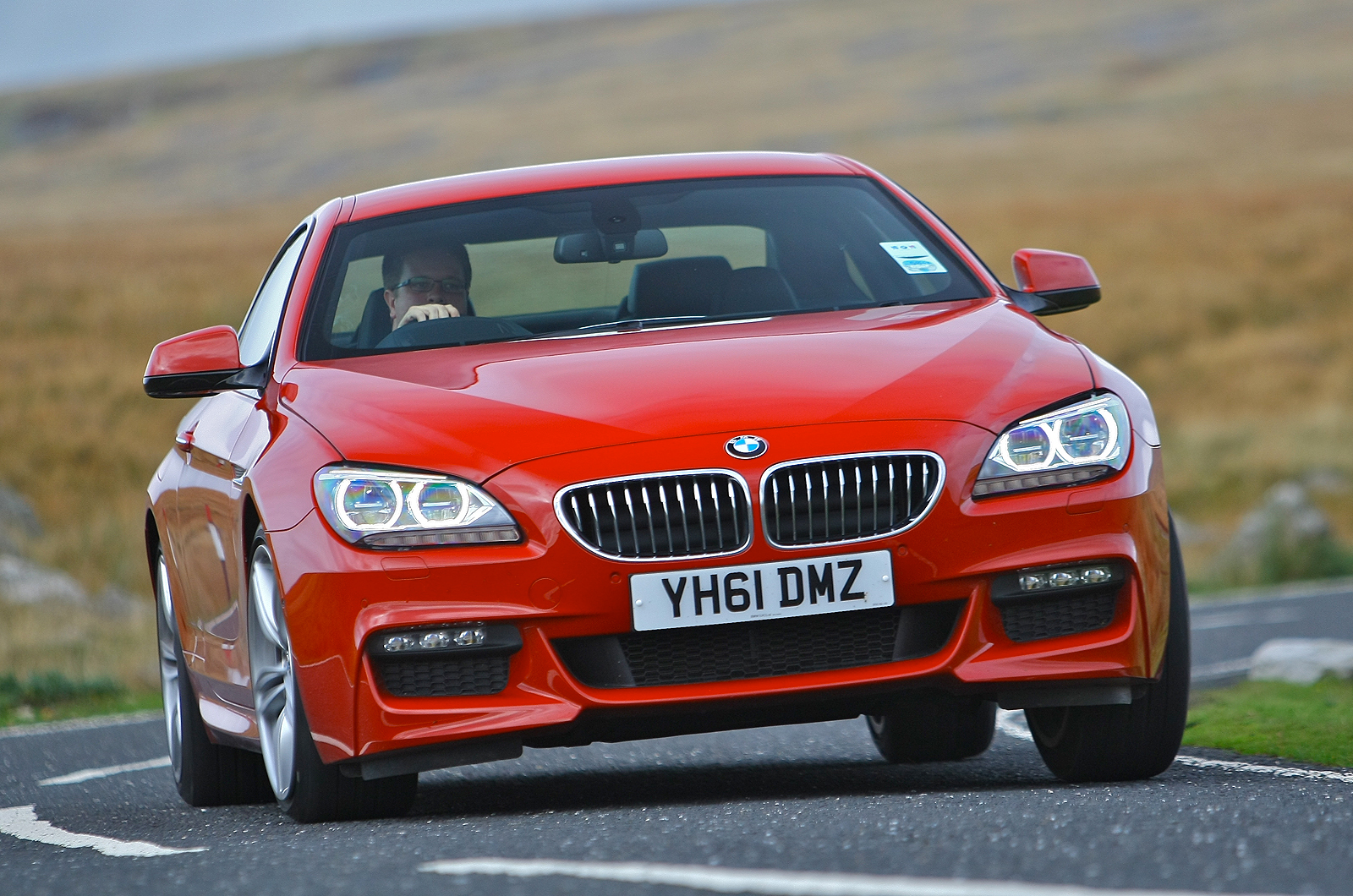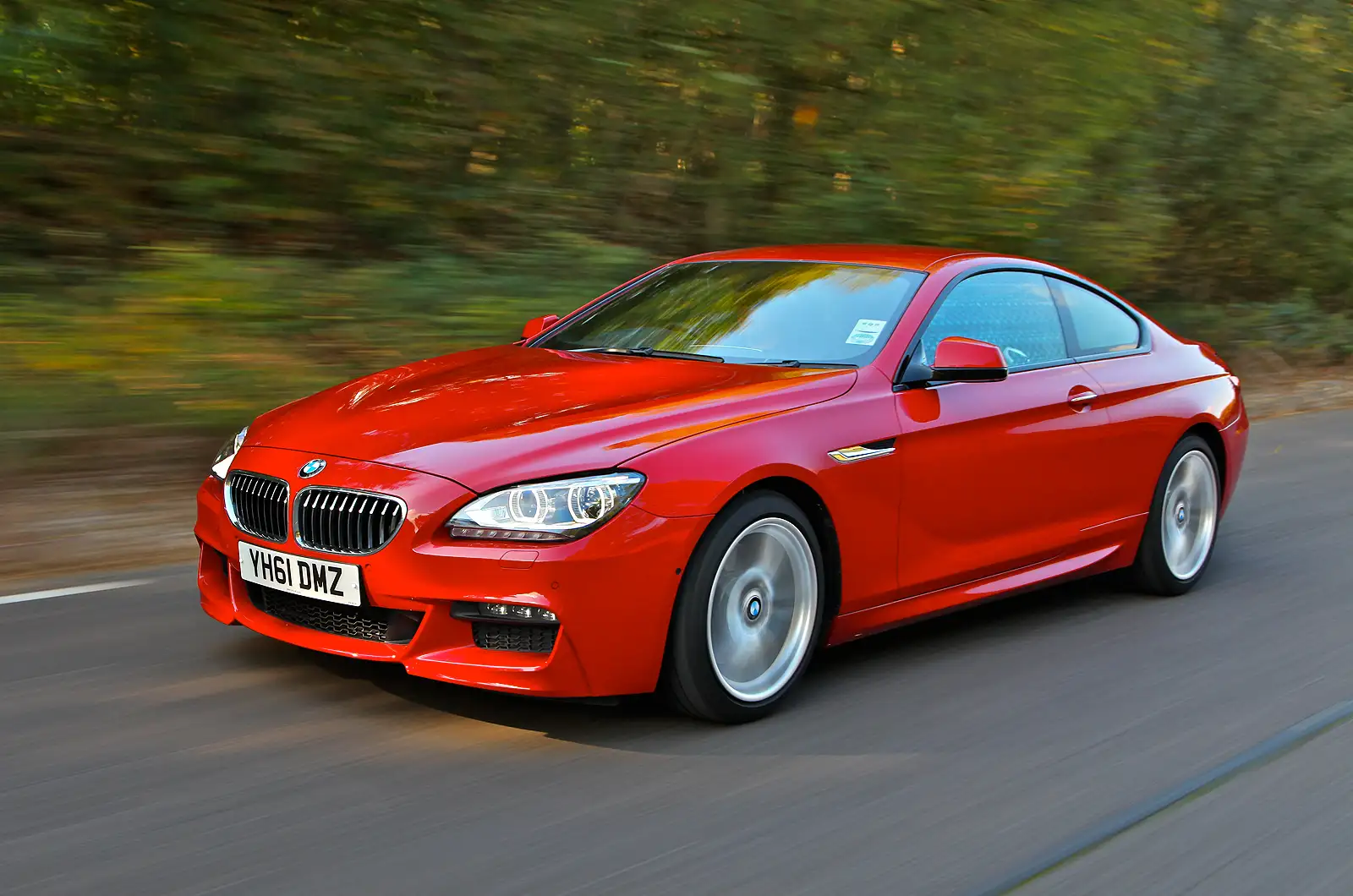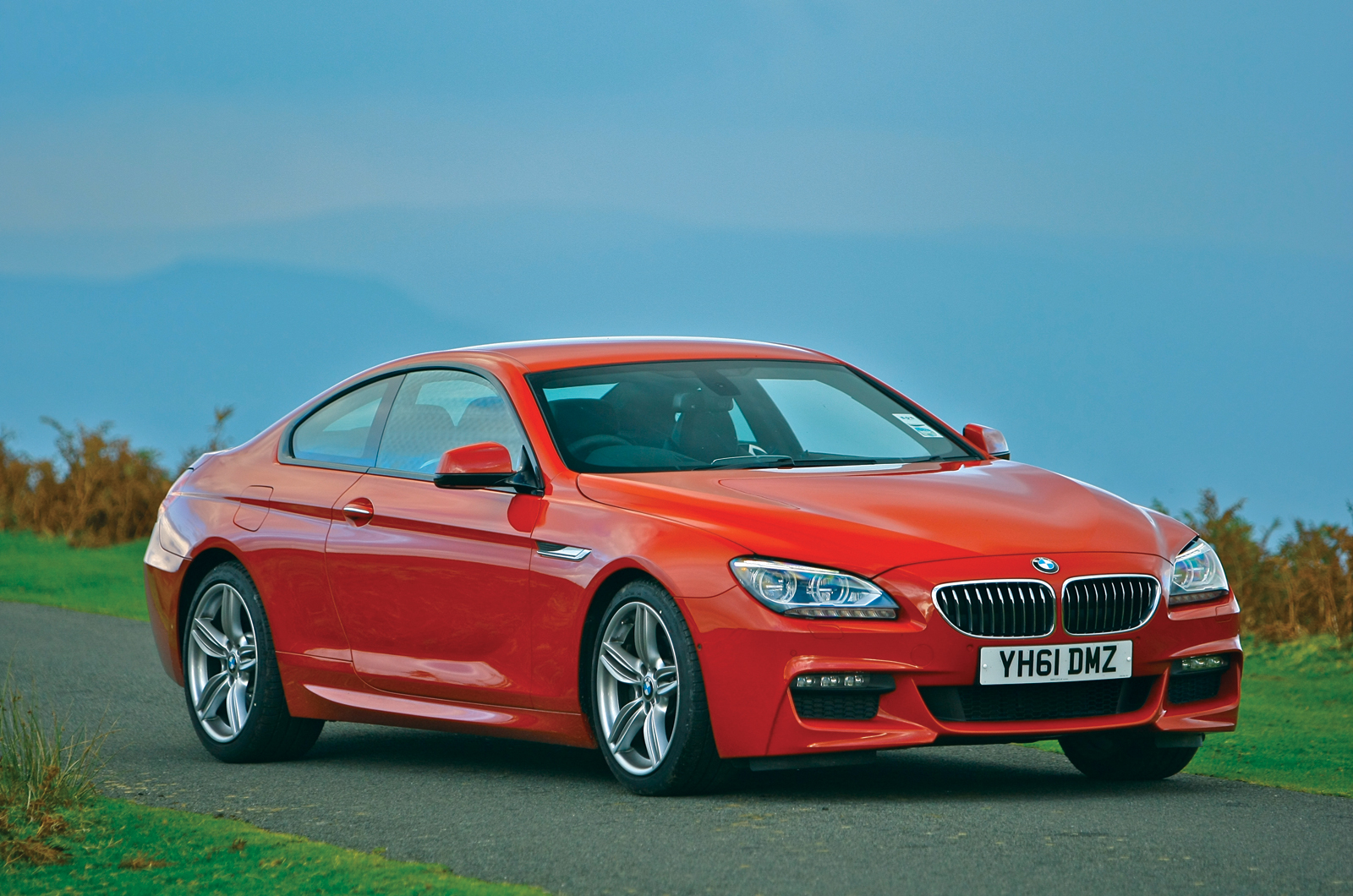The BMW 6 Series has a cabin that’s remarkably spacious by class standards, with two rear chairs big enough for occasional use even by average-sized adults, if you’re prepared to sacrifice a little of the generous legroom you get up front. The boot can accommodate as much as 350 litres of luggage with the roof up and its soft storage sleeve folded away.
When entering a convertible of the 6 Series’ type, it’s normal to adjust the driver’s seat squab to the bottom of its vertical travel just to sit low enough. That’s because, with so much underfloor strengthening, big convertibles tend to have relatively high-set front seats. Not the 6 Series. BMW credits “intelligent seat design” for a driving position that’s low, even for taller drivers, helping to keep you sheltered from the wind. It also means that the coupe has a generous amount of headroom.
With an upper dashboard, instrument cowl and upper door cards swathed in soft leather, which swoops down elegantly to link up with the leather topping on the centre console, the 6 Series’ cabin is, for the most part, richly upholstered. It would have a more special ambience were it not for a few too many stock BMW parts bin components of the sort that you’d expect on a £30k 5 Series, but not a £75k luxury tourer. As it is, the cabin feels luxurious and comfortable but doesn’t distinguish itself clearly enough from lesser models.
The same story is true for the Gran Coupe, despite its slight cabin changes over the regular coupe and convertible; whilst the overriding impression is of luxury, too many familiar components remain on the interior.
There are three trims to choose from - SE (only available with 640i and 640d), Sport (only available with 650i) and M Sport. Opt for the entry-level SE models and you'll find BMW's Professional Media iDrive system complete with sat nav, 20GB hard drive, DAB tuner and real-time traffic information. There is also dual-zone climate control, leather upholstery, adaptive cruise control, front and rear parking sensors, auto wipers and headlights, and LED headlights. The 650i entry-level Sport trim gets 19in alloys, lumbar support and Nappa leather seats. The range-topping M Sport trim gets an aggressive bodykit, while opting for the M Sport Plus pack includes 20in alloys, head-up display, and a Harman and Kardon speaker system.
Those wanting a more ballistic drive are well catered for with BMW the 552bhp M6 and the 592bhp M6 Competition Pack complete with 10.2in display iDrive system, 19in front and 20in rear alloys, full M Sport aerodynamic bodykit, double-wishbone suspension and of course a brutish 4.4-litre V8 engine.




